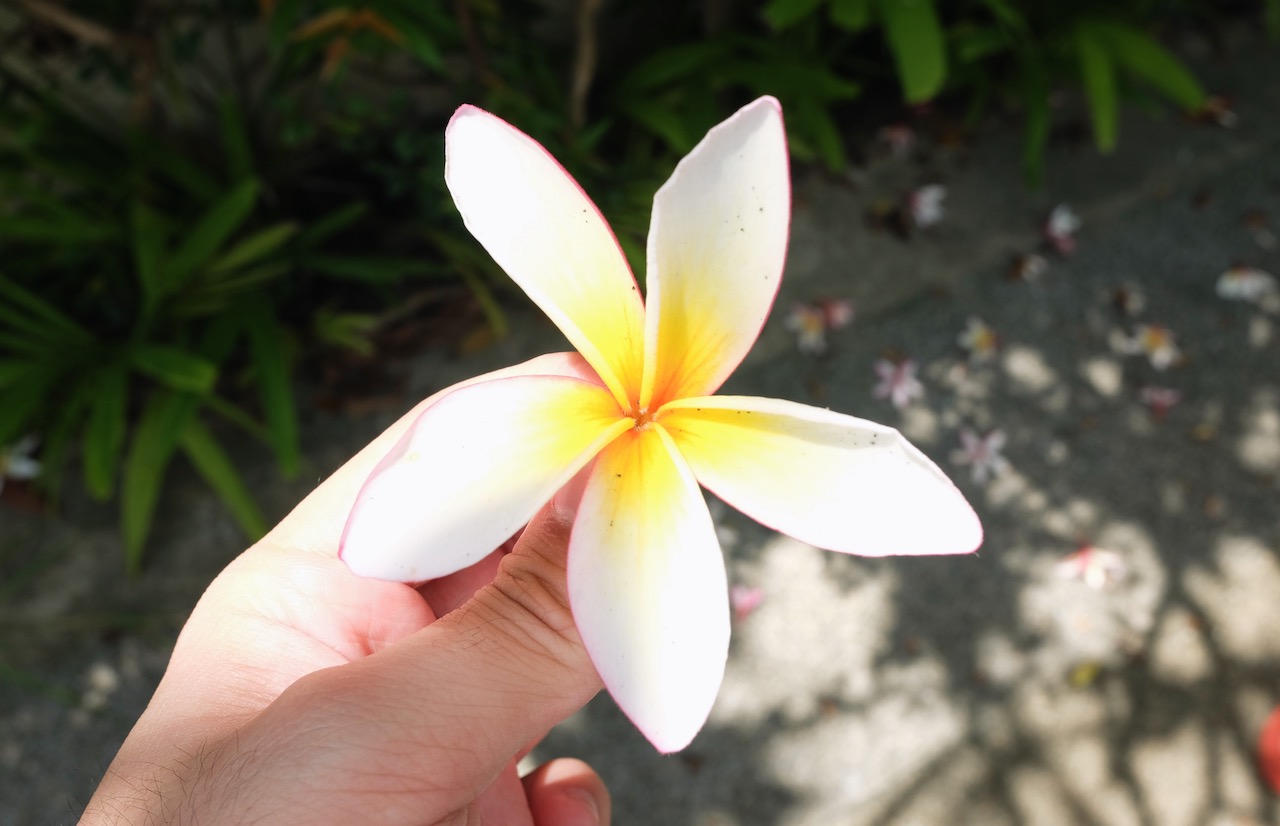Top: Frangipani flower
Urban farming has been in vogue for quite some time now. Yet unbeknownst to most Singaporeans, the country’s tropical climate makes it ideal for the flourishing of a lot more than what grows on manicured plots of soil.
The neighbourhood of Mount Emily alone, which is cushioned between Dhoby Gaut and Little India, is home to over 150 species of edible flora, art collective Mamakan tells us.
So here’s a round-up of 10 common plants that you can literally eat “off the vine,” though foraging in Singapore is technically still illegal*. All the same, it could be a lot of fun looking out for them the next time you go for a stroll in your neighbourhood park.
*If it falls on the ground, you can take it home. Plucking fruit or flowers from public spaces is illegal.
1. Red Lip Tree
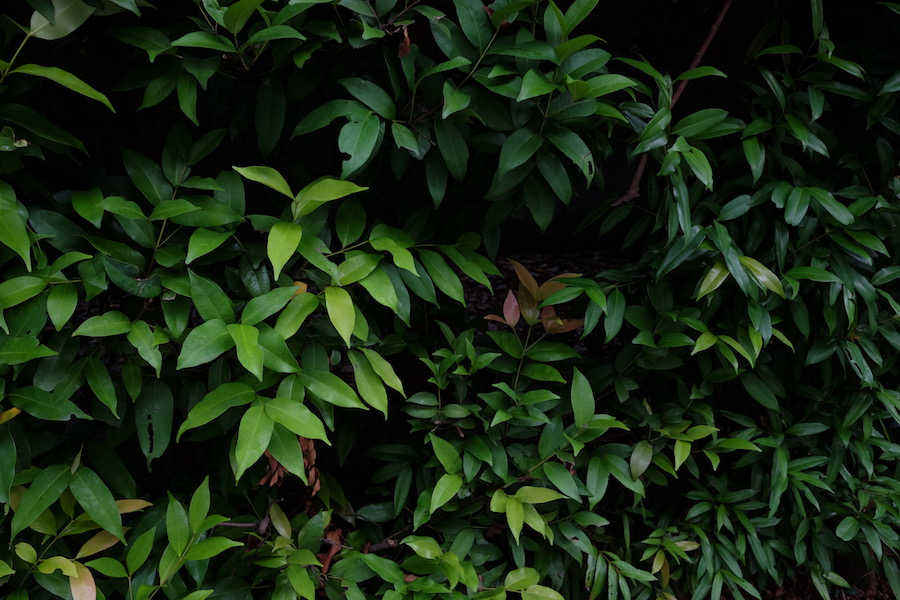
Commonly used as decorative fencing, this can be seen surrounding condominium plots and private housing to give residents privacy. The red leaves are actually the more edible ones, and impart a spicy, peppery and slightly botanical flavour.

2. Wormwood
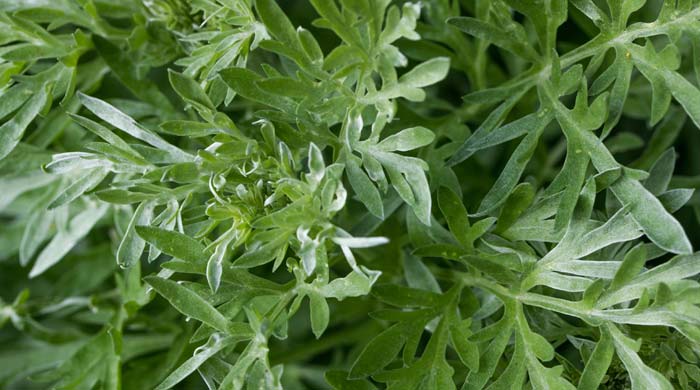
Also known as Asian dill, this has all the flavours we commonly associate with dill, along with a slightly bitter aroma. This makes it a lot more complex, and can be more easily described as a flavour not unlike absinthe. Consider it a herb that’s incredible when paired with seafood.
Fort Canning Park is home to a whole bunch of these.
3. Bird’s Nest Fern

These grow literally everywhere, though not the entire fern is tasty. Instead, the smaller leaves that grow inside are tender, chewy, and slightly sticky like lady’s finger. They taste just like any common leafy vegetable, and are great sautéed.
4. Hibiscus Flower
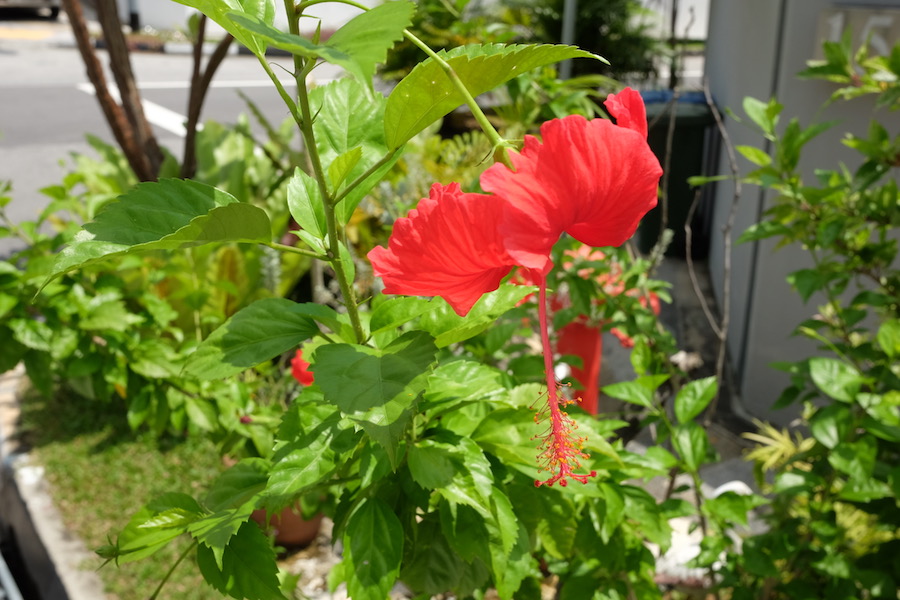
The bright red colour makes this look more decorative than delicious, but it’s actually one of the easiest to eat because of its simple, floral flavour. Often cooked in the tempura style with batter and deep frying, this also adds great contrast to an otherwise plain dish of greens. You can find it growing in neighbourhood gardens and outside most private homes.

5. Tamarind Tree

Also known as the Asam tree, this has heritage tree status in Singapore and is common in most parks. The fruit is both sweet and sour, and has a range of medicinal purposes from treating fever and sore throats to rheumatism and sunstroke.
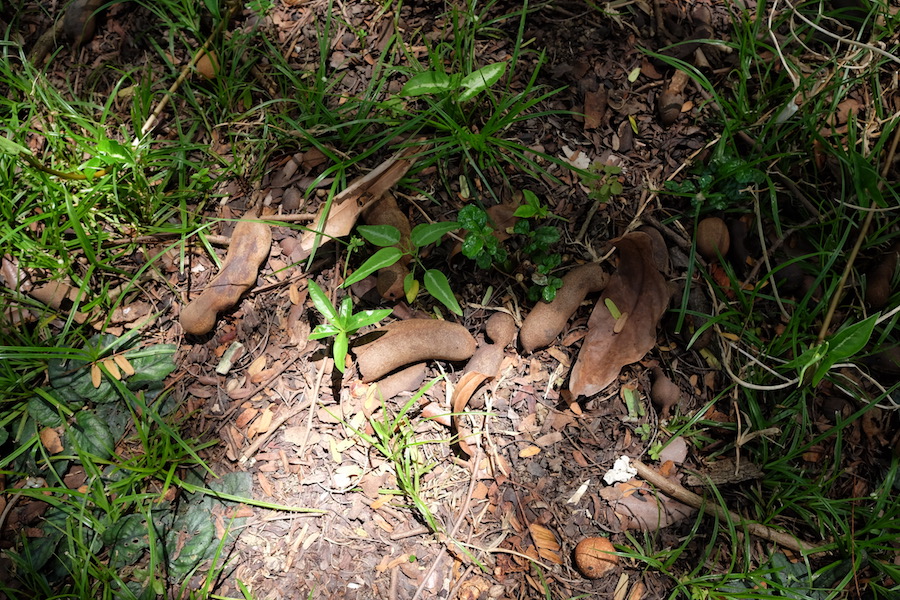
Because foraging is illegal in Singapore, one will have to settle for picking their fruits off the ground. It goes without saying that you shouldn’t pick the broken ones.
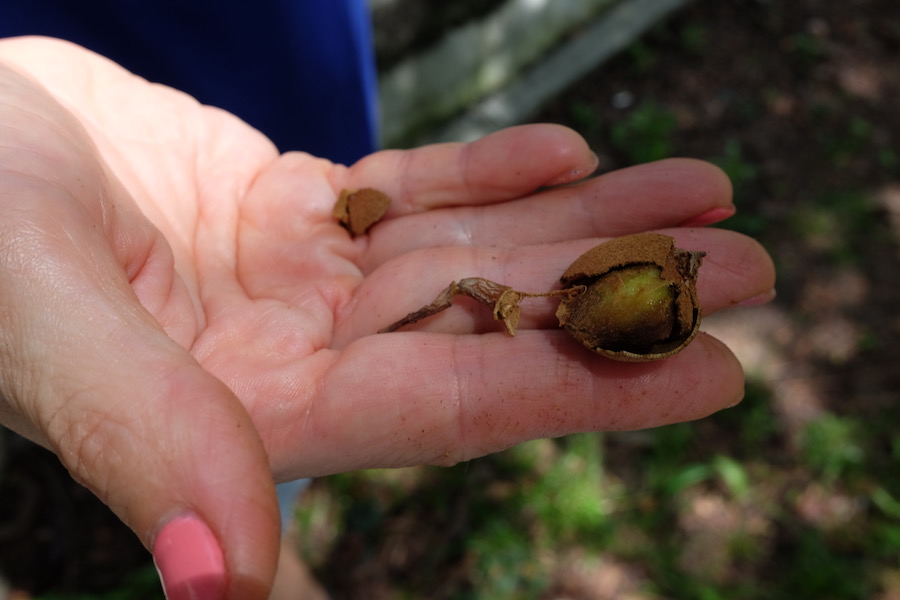
6. Butterfly Pea Flower
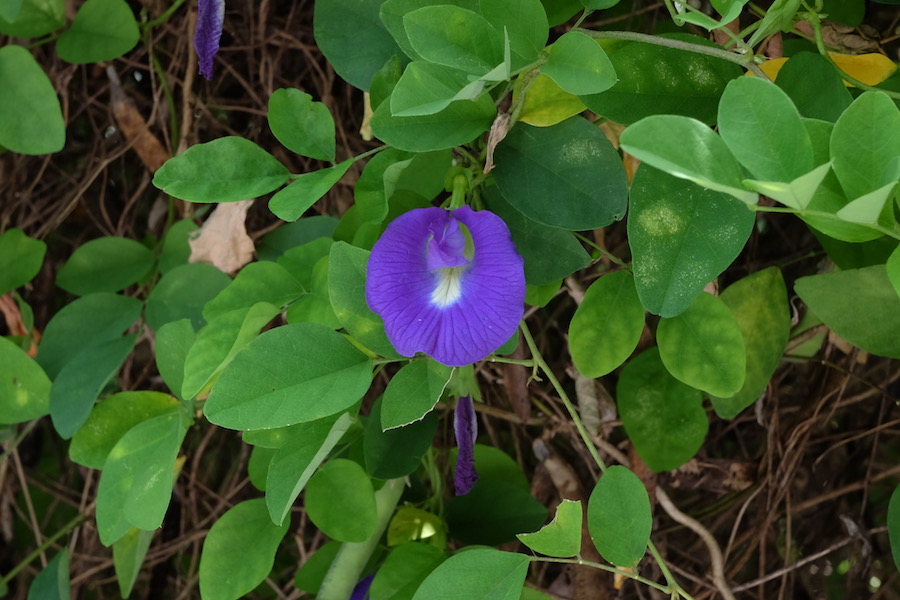
Yet another common “house plant,” these are literally in most flower pots in Singapore. They’re considered creepers, so you can often spot them adorning the walls of people’s homes. Its medicinal benefits include strengthening your hair, improving one’s eyesight, and enhancing the immune system. As a butterfly pea flower tea, it goes well with lemongrass.
As food, don’t feel bad just plucking them off the vine; they’ll grow back by the next day.
7. Mulberry
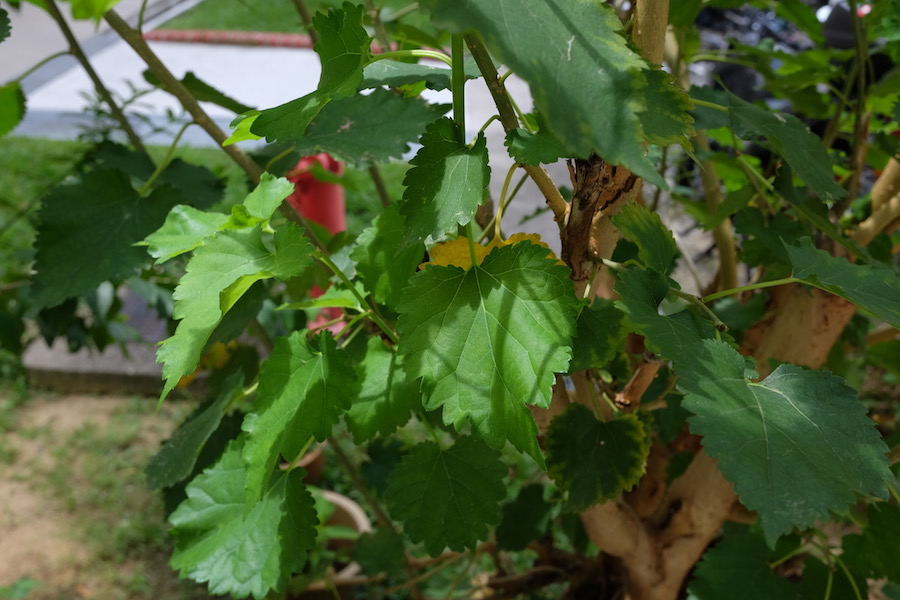
8. Ixora, Flame of the Forest, or Honeysuckle
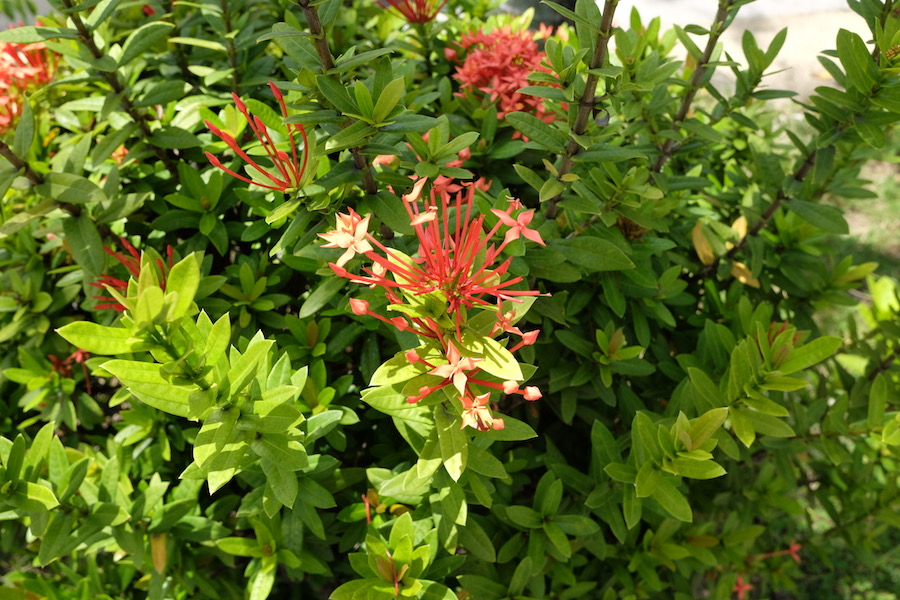
Often used as a garnish to add colour, this plant is also a really fun one for the simple fact that should you need a spontaneous snack while outdoors, these contain sweet and edible nectar. Just pull a bunch of them out by the stem, and suck on the base of it. For anyone who says you can’t live off the land in Singapore, well, they’re wrong.
9. Snake Weed or Plantain
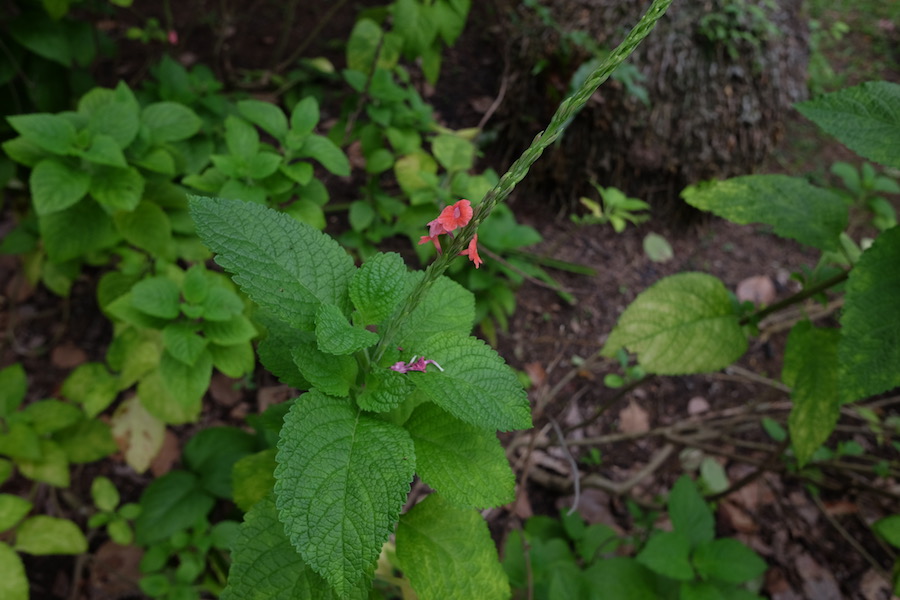
One of Singapore’s most common weeds, this grows (sometimes quite aggressively) in urban environments such as on sidewalks or driveways. The leaves taste like spinach, with the edition of a mild bitterness. Good in salads or stews, it can also treat skin irritation, ulcers, the flu, as well as aid digestion.
10. Pomegranate
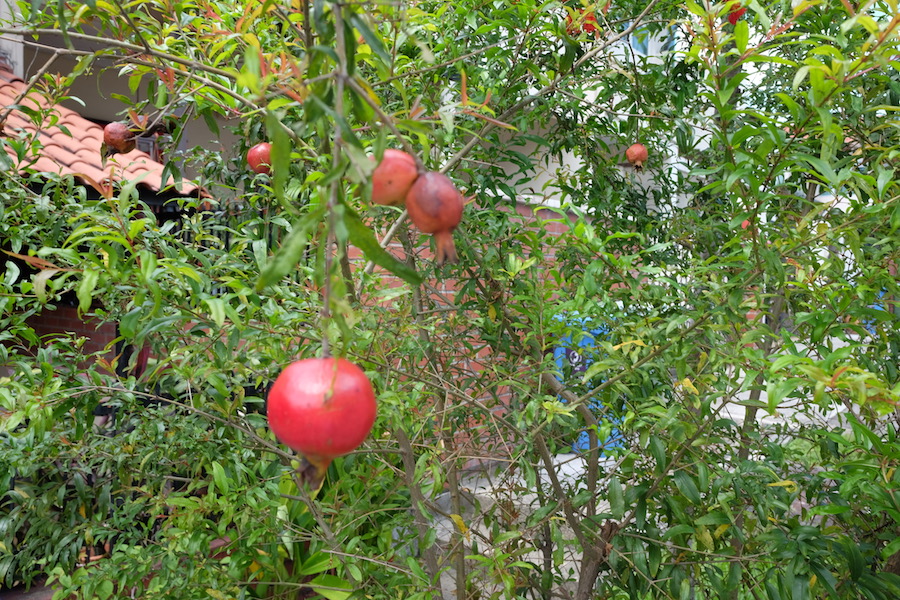
Fun fact: If you see these growing outside someone’s home, chances are the homeowner is Chinese, since these are often grown for good luck. This is also why they can pop up in unexpected places, because birds. It’s also not surprising that many are more familiar with the seeds than they are the actual fruit.
As a general rule, there a few ways to determine if a plant is edible. One is to take a bit of it and put it under your tongue. If you don’t start to gag on it, then it’s not poisonous. Most plant flavours include bitterness and astringency. If you taste acid or slight burning, spit it out. You can also rub plant leaves or flowers on your skin to to see if it gives you a rash. If it does, then don’t eat it, obviously.
A common misconception is that if birds are eating it, then we can eat it. But because birds aren’t mammals, this isn’t usually a good indicator. If you do, however, happen to see a bat eating something, then that, you can definitely eat.
Happy hunting!

